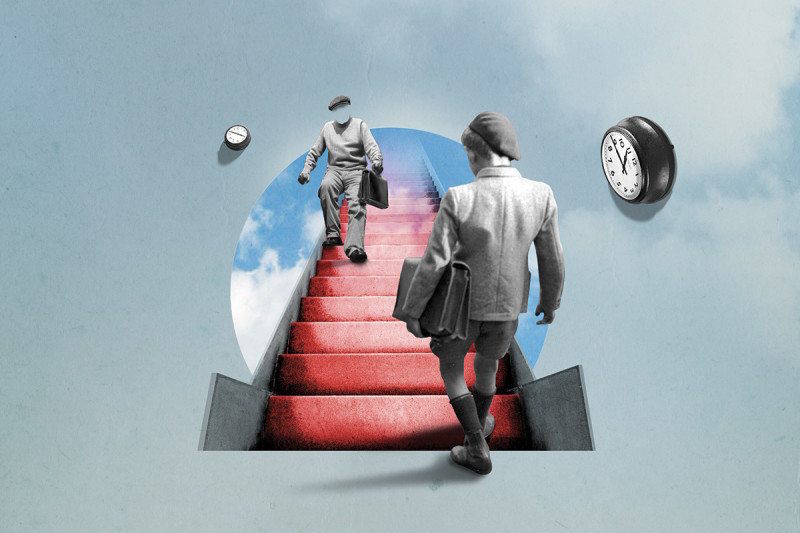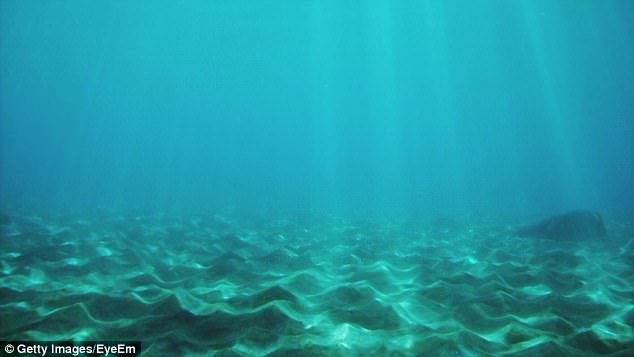
© Christoph Hetzmannseder/Keystone-France/REB Images/Getty
The idea that the future can influence the past may finally explain the inherent randomness of quantum theory and bring it in line with Einstein's space-time
If you were to break your arm tomorrow afternoon, would you suddenly find it hanging useless in a sling this morning? Of course not - the question makes no sense. Cause always precedes effect. But maybe life isn't quite so straightforward for a photon. In the subatomic realm, where the laws of quantum physics make seemingly impossible feats routine, the one thing that we always considered beyond the pale might just be true.
This idea that the future can influence the present, and that the present can influence the past, is known as
retrocausality. It has been around for a while without ever catching on - and for good reason, because we never see effects happen before their causes in everyday life. But now, a fresh twist on a deep tension in the foundations of quantum theory suggests that we may have no choice but to think again.
No one is saying time travel is anything other than fantasy. But if the theorists going back to the future with retrocausality can make it stick, the implications would be almost as mind-boggling. They could not only explain the randomness seemingly inherent to the quantum world, but even remake it in a way that finally brings it into line with Einstein's ideas of space and time - an achievement that has eluded physicists for decades. "If you allow retrocausality, it is possible to have a theory of reality that's more compatible with lots of things that we think should be true," says
Matthew Leifer at Chapman University in Orange, California.


Comment: It's rather interesting that as the human species advances in scientific materialism, it draws closer to literally becoming more animal.